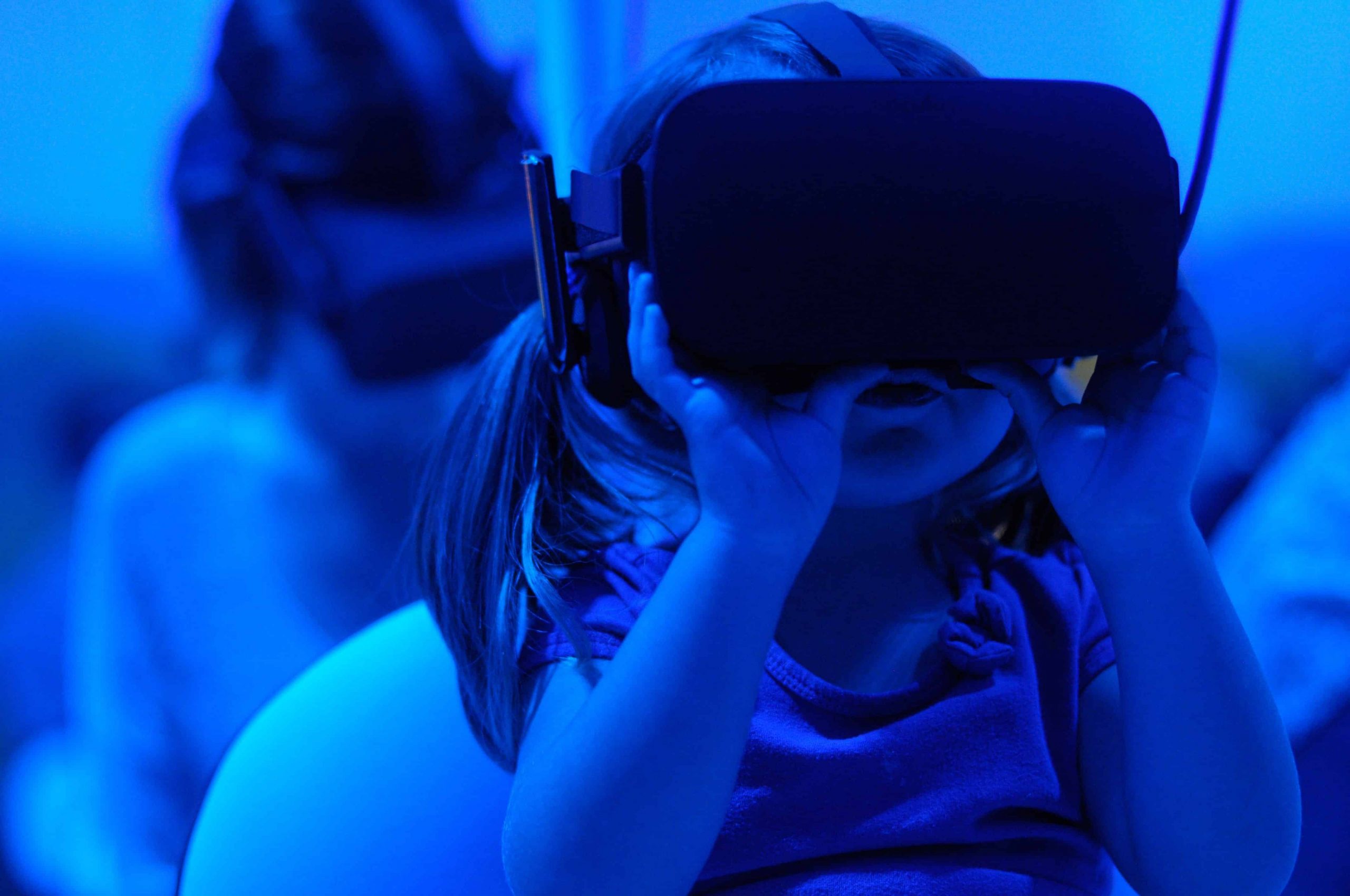“The only source of knowledge is experience.” – Albert Einstein
I have a friend who’s currently one of those dying breeds in America: a teacher. The other day he was telling me about one of his English classes that included a number of students who were struggling to read. As he explained it, it wasn’t simply an inability on the part of the students. The root cause, my friend theorized, was that these students seemed to lack the motivation to learn about something via text.
The idea that young people aren’t reading as much as they used to isn’t new. However, today’s teachers now have to compete with the smartphone, social media, YouTube videos, and the like, which makes the task of selling good old-fashioned reading to students that much more difficult.
Understandably, all of this had my friend feeling frustrated and a bit hopeless. Until one day, he said, one of his colleagues suggested a unique reading strategy called Digital Storytelling. Basically, digital storytelling involves the use of multimedia tools to tell or retell stories. This can be done to tell a personal story, or to retell a story that a student has read or is reading.
Using a free online resource called WeVideo, my friend tasked his class with choosing one of the books from their summer reading list and recreating the story digitally using WeVideo. This project combined images, text, student voiceovers, video, sound effects, background music and other resources that could help enable students to tell the story of their chosen book.
The results were impressive. Nearly every student completed the project, and expressed enjoyment doing so in a post-project survey. Furthermore, most of the students also claimed that doing the project helped them better understand their story, because it forced them to become more involved and take ownership during the retelling process.
In other words, the hands-on experience of digital storytelling improved the students’ engagement with and understanding of the text in a way that simple reading couldn’t.
Experiential Learning: What Is It?
I bring up this example because it highlights an important tool that can be utilized in the boardroom as well as in the classroom or workplace: experiential learning.
Also known as “immersive learning,” experiential learning is the process of educating or informing participants by having them do an action or activity, which is usually followed by a period of reflection and feedback. But besides being a useful educational tool, experiential learning is now also finding business applications in everything from corporate team-building to the enhancement of new product launches.
Some common types of experiential learning include:
Simulations
Think Oculus Rift or some other technology-based activity that simulates an experience and heightens attention toward a specific concept or element related to your product or brand.
Maybe you want to put your salespeople in the shoes of your customers, or your executives in the shoes of your employees. This produces empathy and can, for example, lead to a more efficient work environment.
Physical activities
These can include everything from goal-oriented challenge courses to educational “play” tasks designed to stimulate creativity.
The range of opportunities for experiential learning in the workplace is broad and will depend on who your audience is and what your goals are. A hands-on training session for new employees will look very different from a product testing simulation designed for potential customers, which will in turn look different from a CSR initiative on an incentive trip.
The main point is to create an experience that actively engages participants and creates cognitive connections between participants and a product, brand, employer, or each other, and afterwards, asks participants to reflect on the experience and identify key insights gained.
Why Does Experiential Learning Work?
The simple answer is that an experience is more likely to lead to a change in behavior than pure learning. There is something about experience, and its connection to knowledge, that proves efficacious when it comes to acquiring new skills and insights.
According to McKinsey, the experiential learning approach “integrates shared contextual exploration with reflective thought processes . . . [it links] participants’ day-to-day work to value generation and business impact . . . [and] challenges people to move beyond established . . . routines into a learning zone.”
Experiential learning also takes us beyond the “I should” mentality of conscious habit formation, by making a direct connection to our subconscious processes. The experience itself forms a subconscious association in our minds that transcends pure knowledge, and its these subconscious associations that can lead to lasting changes in behavior. This is why we have the famous proverb, “Experience is the best teacher.”
Conclusion
Whatever problem you’re trying to solve—better cohesion within the workplace, more production from your sales team, greater awareness from your customers—chances are there’s an experiential learning solution that can address it.
Whether you’re looking to spice up your corporate meeting, infuse your brand into everyday activities, or leave your group incentive travel participants with a lasting memory that can be associated with your company, tailored experiences can facilitate the attainment of business objectives in a way that traditional marketing or sales strategies simply can’t.
Where hard work and elbow grease may have worked in the past, experiential learning provides a more creative, interactive, and—I’ll just say it—fun solution to modern organizational challenges.
So, as we head into 2019, consider adding an experiential learning component to your corporate New Year’s resolutions. The results might just surprise you.
Sources
https://www.wsj.com/articles/teachers-quit-jobs-at-highest-rate-on-record-11545993052
http://digitalstorytelling.coe.uh.edu/page.cfm?id=27&cid=27
https://cramer.com/story/experiential-learning/
http://framestorevr.com/trailscape/
http://www.incentivemag.com/Strategy/Management/Six-Trends-in-Experiential-Learning/
https://www.hmiaward.com/blog/how-to-incorporate-csr-into-your-group-travel-program/
Photo by Giu Vicente on Unsplash




